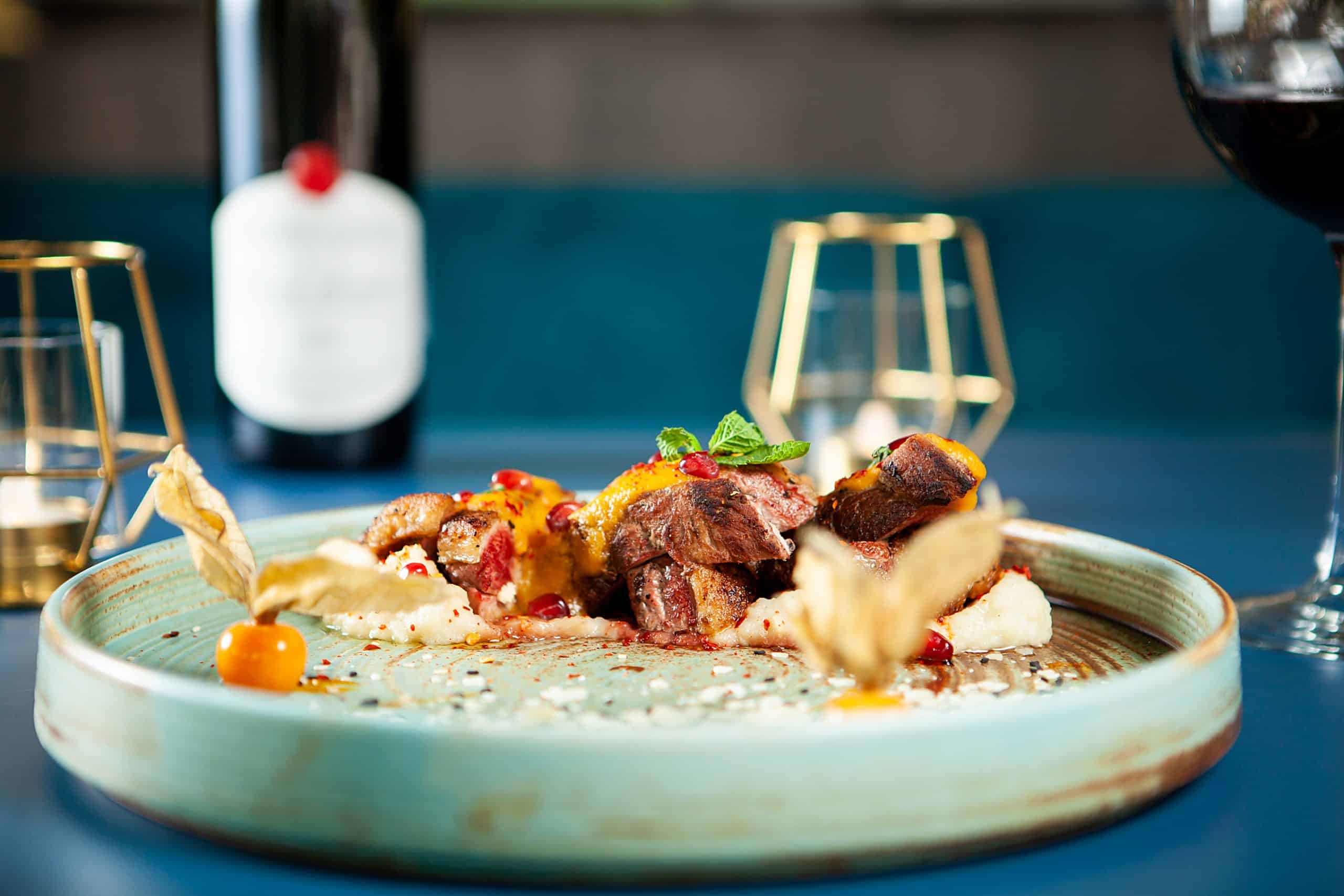What Techniques Can Make a Gourmet Roasted Quail with a Pomegranate Glaze?

In the vast universe of culinary delights, the quail holds a special place. Its tender and succulent meat is a gourmet favorite, often seen gracing the tables of haute cuisine restaurants. Today, we’ll be exploring the fine art of transforming this exquisite bird into a sumptuous dish, using some simple techniques that will take your home cooking to new culinary heights. The recipe we’ll be delving into is the roasted quail with a pomegranate glaze.
Preparing the Quail
Before you begin cooking, it’s crucial to properly prepare the quail. Start by ensuring your quail is fully defrosted if it’s been previously frozen. Pat it dry using a paper towel. This removes excess moisture and helps to achieve a nice browning effect during the cooking process.
A voir aussi : What’s the Best Way to Serve a Refreshing Watermelon and Feta Salad with Mint?
Once dried, season it evenly with salt. This will help to tenderize the meat and draw out its natural flavors. In some instances, you might choose to leave the bird to sit, covered, in the refrigerator for a few hours to let the salt penetrate more deeply into the meat.
Marinade: The Key to Flavorful Quail
The marinade is a crucial part of the process and is what will make your quail dish stand out. For a single quail, prepare a marinade using one tablespoon of melted butter, a few crushed garlic cloves, a dash of freshly ground black pepper and some finely chopped fresh rosemary.
A lire en complément : How Can You Craft a Velvety Corn Bisque with Roasted Poblano Peppers?
Place the quail in a shallow dish, pour over the marinade, and ensure the bird is fully coated. Let it marinate for at least 30 minutes, turning it occasionally to ensure all parts are well-seasoned. During this time, the flavors in the marinade will seep into the meat.
The Cooking Process: Oven Roasting
Now, it’s time to cook your quail. Preheat your oven to 180°C (approximately 350°F). Place the marinated quail on a roasting tray lined with baking paper, then put the tray into the preheated oven.
The quail won’t require a long cooking time. Typically, 15 minutes on each side is enough to ensure its fully cooked, while retaining its tenderness and juiciness. Remember, every oven is different, so keep an eye on your bird as it cooks to avoid overcooking.
The Pomegranate Glaze
The pomegranate glaze is what will give your roasted quail its unique and appealing look and taste. To prepare this glaze, you’ll need the juice of one pomegranate, 1/2 cup of sugar, and a pinch of salt.
Combine all these ingredients in a pan over medium heat. Stir until the sugar is fully dissolved, then reduce the heat and let it simmer until the sauce becomes syrupy. This will take approximately 15 minutes.
Once your quail is cooked, remove it from the oven and generously brush the pomegranate glaze over it while it’s still hot. The heat from the quail will make the glaze more fluid, allowing it to cover the bird evenly and seep into the meat.
Final Touches: Salad and Presentation
A sophisticated dish like this deserves to be presented beautifully. A simple and nutritious salad can be the perfect accompaniment to your quail, adding color, texture, and freshness to your plate.
For an easy salad, mix together some arugula, thinly sliced red onion, and pomegranate seeds. Dress it lightly with olive oil and a dash of balsamic vinegar. Place your glazed quail on top of the salad and you have a gourmet dish worthy of any high-end restaurant.
In conclusion, creating a gourmet quail dish at home is much easier than you might think. The key lies in the proper preparation of the quail, a flavorful marinade, careful cooking, and a tasty glaze. With a little practice, you’ll be able to make a stunning roasted quail with a pomegranate glaze that will impress your guests and satisfy your gourmet cravings.
Butterflying the Quail: Enhancing the Cooking Process
The actual cooking of the quail can be dramatically improved by butterflying the bird before roasting. Butterflying, or splitting the quail down the back and opening it up, allows the bird to cook more evenly. It also gives you a larger surface to work with when applying your marinade and glaze, making sure the delicious flavors seep into every bite.
To butterfly the quail, use a pair of kitchen shears or a sharp knife to carefully cut along both sides of the backbone. Remove the backbone and open the bird out, pressing down firmly on the breastbone to flatten it. Now, your butterflied quail is ready for the oven.
Adjustments in Cooking Time and Temperature
Cooking time and temperature are crucial factors when roasting quail. Since a butterflied quail is flatter and more spread out, it tends to cook a bit faster. So, you might need to adjust your cooking time accordingly. Take note that the temperature is still set at 180°C, but the cooking time will be around 12-14 minutes per side for a butterflied quail.
It’s always better to slightly undercook than overcook quail. The bird should still retain some juices when cut, but there should be no sign of pink meat. To ensure this, you can use a meat thermometer. The internal temperature should read 74°C (165°F) when inserted into the thickest part of the bird.
Conclusion: The Art of Cooking Quail
In essence, cooking quail is an art that you can perfect with practice. This gourmet dish, roasted quail with a pomegranate glaze, is an excellent way to impress your guests with a taste of haute cuisine right in your home. Remember, the key elements are quality ingredients, careful preparation, and attention to cooking times and temperatures.
So, don’t be intimidated by this seemingly challenging recipe. Instead, embrace the opportunity to expand your culinary skills. With time, you will find that cooking quail is not only a joy but also a way to bring a piece of the gourmet world to your own kitchen.
Whether you’re an experienced cook or a beginner in the kitchen, this recipe provides step-by-step instructions that can guide you to create a beautiful and delicious meal. Not only will you have a stunning dish to present, but you’ll also acquire a new set of skills and knowledge about this unique ingredient.
Remember, as with any cooking endeavor, don’t be afraid to put your own spin on things. Maybe you want to add a bit of orange juice to your pomegranate glaze for a citrus twist, or perhaps you want to garnish with a sprinkle of rocky road for some added crunch. The options are endless, and the kitchen is your playground. So, get cooking and enjoy the experience of making this exquisite roasted quail with a pomegranate glaze.
